Art and science combine to show an ancient view of the Sun and Earth. Look closely to see the Sun in the center. Four images of Earth surround the Sun. Each Earth represents the different seasons, spring, summer, autumn and winter. Original art by Andreas Cellarius (1596-1665).
Click on image for full size
(c)1995 Visual Language, All Rights Reserved
As the World Turns
In our time, scientists (and most people!) know that the constellations seem to move
across the
sky because the earth rotates on its axis. What, you may ask, does the turning of
the earth have to do with the constellations' motion across the sky? The answer is that the
earth moves in a way that makes it look as if the constellations are moving. It is a case of
apparent motion. In the case of the
earth and the
constellations the earth rotates, with us on it, from west to east. The constellations
appear to move from east to west,
moving "backwards" from the real rotation of the earth. Actually, instead of saying
the constellations rise we
should say that the earth has rotated so that we can see different constellations.
Then, as the earth continues to
rotate the constellations
apparently move across the sky.
We now know that it is us, on earth,
that have moved. As the night progresses constellations that are near or below
the
ecliptic "set" in the west, we know that the part of the earth we are standing
on has turned so that the Earth
is blocking our view of the stars that have "set".
You might also be interested in:

What types of instructional experiences help K-8 students learn science with understanding? What do science educators teachers, teacher leaders, science specialists, professional development staff, curriculum designers, school administrators need to know to create and support such experiences?
...more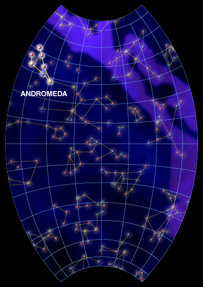
Andromeda is a "V" shaped constellation best viewed in the fall if you live in the Northern Hemisphere. Andromeda lies close to the north pole, so only a few in the Southern Hemisphere can see this strangely
...more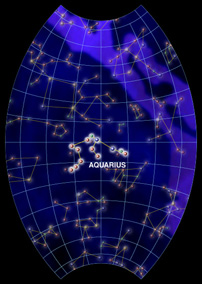
Aquarius is a member of the Zodiac, a group of constellations that the Sun travels through each year. It is best viewed in the fall in the southern sky, although much of the northern hemisphere can see
...more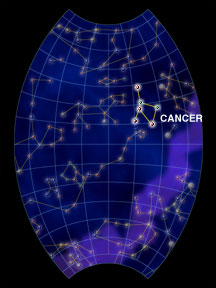
Cancer, the Crab, is a member of the Zodiac, a group of constellations that the Sun travels through each year. Cancer is best seen during the month of March, but is visible from December through June.
...more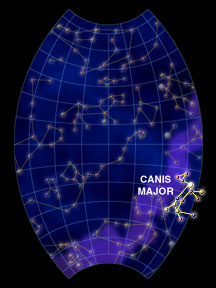
Canis Major is known as the Great Dog. In Greek myth, it is said that this constellation, along with Canis Minor, are Orion's hunting dogs. Canis Major was one of the most important constellations in
...more
The constellation Capricornus represents the figure of either a goat or a sea-goat in the sky. Capricornus is also a member of the Zodiac, a special group of constellations that the Sun travels through
...more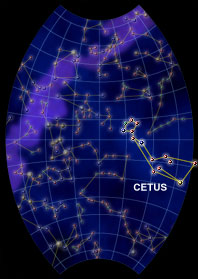
The constellation Cetus represents the Sea Monster. It is one of the largest constellations known. In classical civilizations, the figure was the giant sea monster that almost ate Andromeda. King Cepheus
...more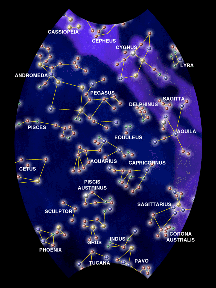
The unvarying aspect of the relationships of the stars' positions may have suggested to the ancients something that was analogous to their beliefs about the universe. It is not surprising that they chose
...more















